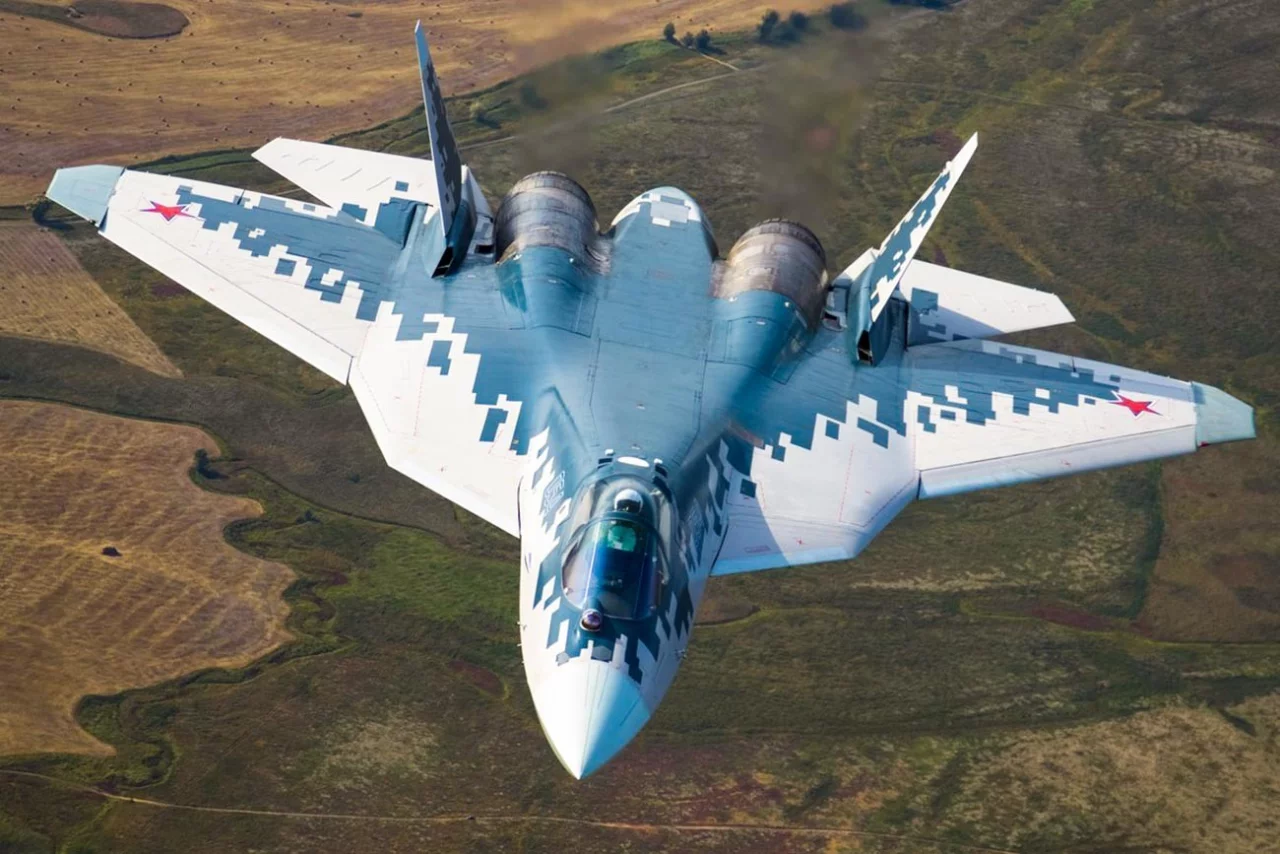
Commentator of The National Interest, Harrison Kass, noted that the Russian fifth-generation Su-57 fighter theoretically can put its American adversary - the F-35 Lightning II - in a difficult position. But the most important condition is a sharp increase in the pace of serial production of the aircraft, otherwise the advantages will not be fully manifested in practice.
According to the expert, the Su-57 project is enriched with a number of ideas learned from the US F-22 Raptor and F-35. There are similarities in form, but the doctrines and philosophies of development of the Russian and American schools differ sharply: one relies more on close combat maneuvering, while the other prioritizes the concept of "see-war" at a long distance.
Kass writes that the Su-57 conditionally combines the concealment capabilities of the F-22, the versatility of the F-35's tasks, and the high maneuverability of the Su-35. At the same time, in terms of "stels," American competitors are still ahead - the Russian fighter is trying to partially compensate for this shortcoming with advanced electronic warfare systems and excellent aerodynamics.
Another aspect worthy of recognition is the use of traction-guided engines. With their help, the Su-57 performs "extreme maneuvers" that most Western aircraft are unable to perform, which is a great plus, especially in close-range air combat. However, the Western school has been teaching pilots for many years to avoid such close clashes and to launch attacks from afar.
But the biggest "tangent point" is not technical, but organizational: the volume of production. While the US has more than 1,000 F-35s today, the Su-57 fleet in Russia is still limited. Thus, even if there are technologically competitive solutions, the number of machines must be sufficient for them to have a front-line effect.
The conclusion is clear: the Su-57 appears to be a very dangerous adversary on paper and in tests. But achieving true superiority in the sky is not only about technology, but also about the speed of the plant's conveyor belt and stable supply chains.
Read “Zamin” on Telegram!Users of Меҳмон are not allowed to comment this publication.














